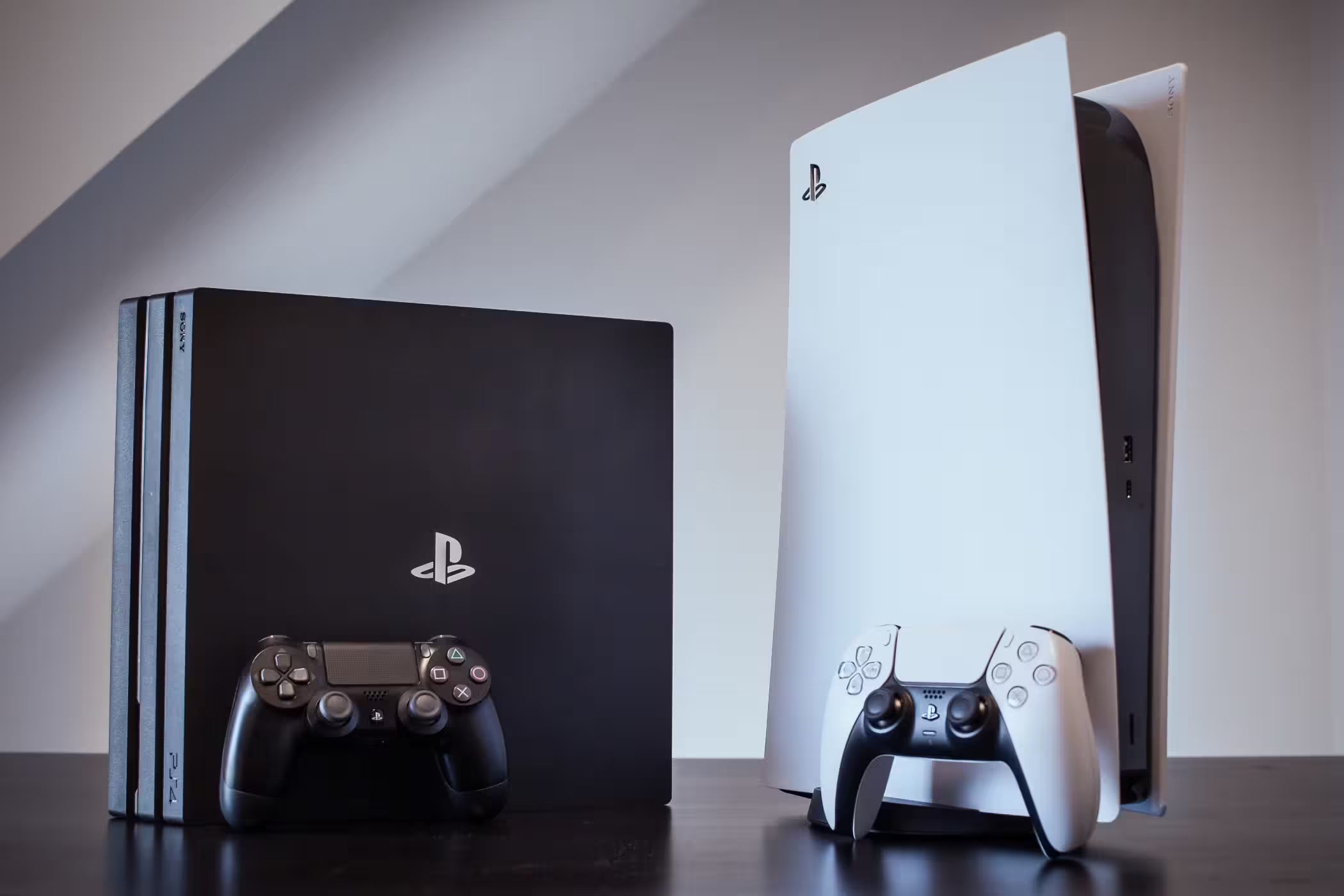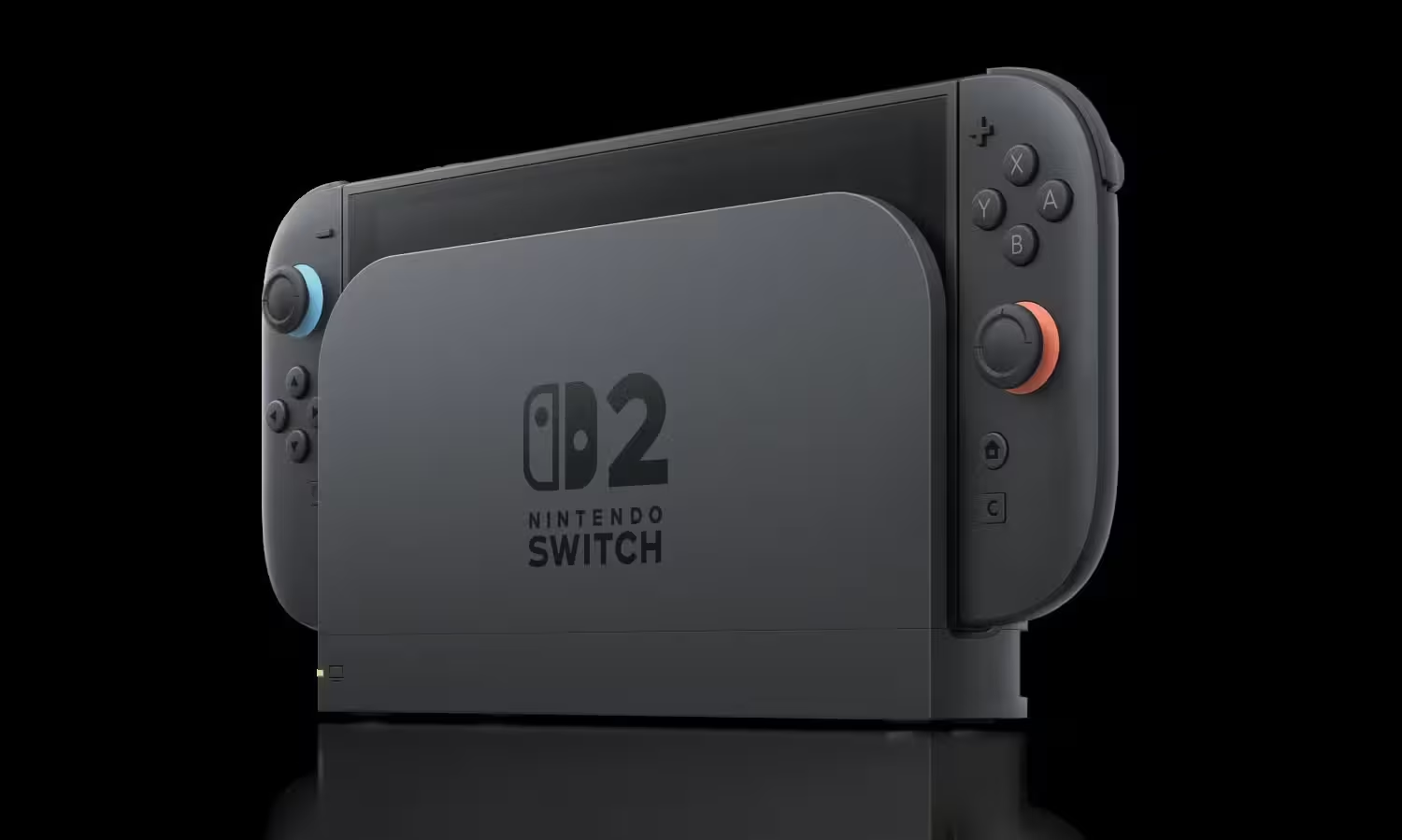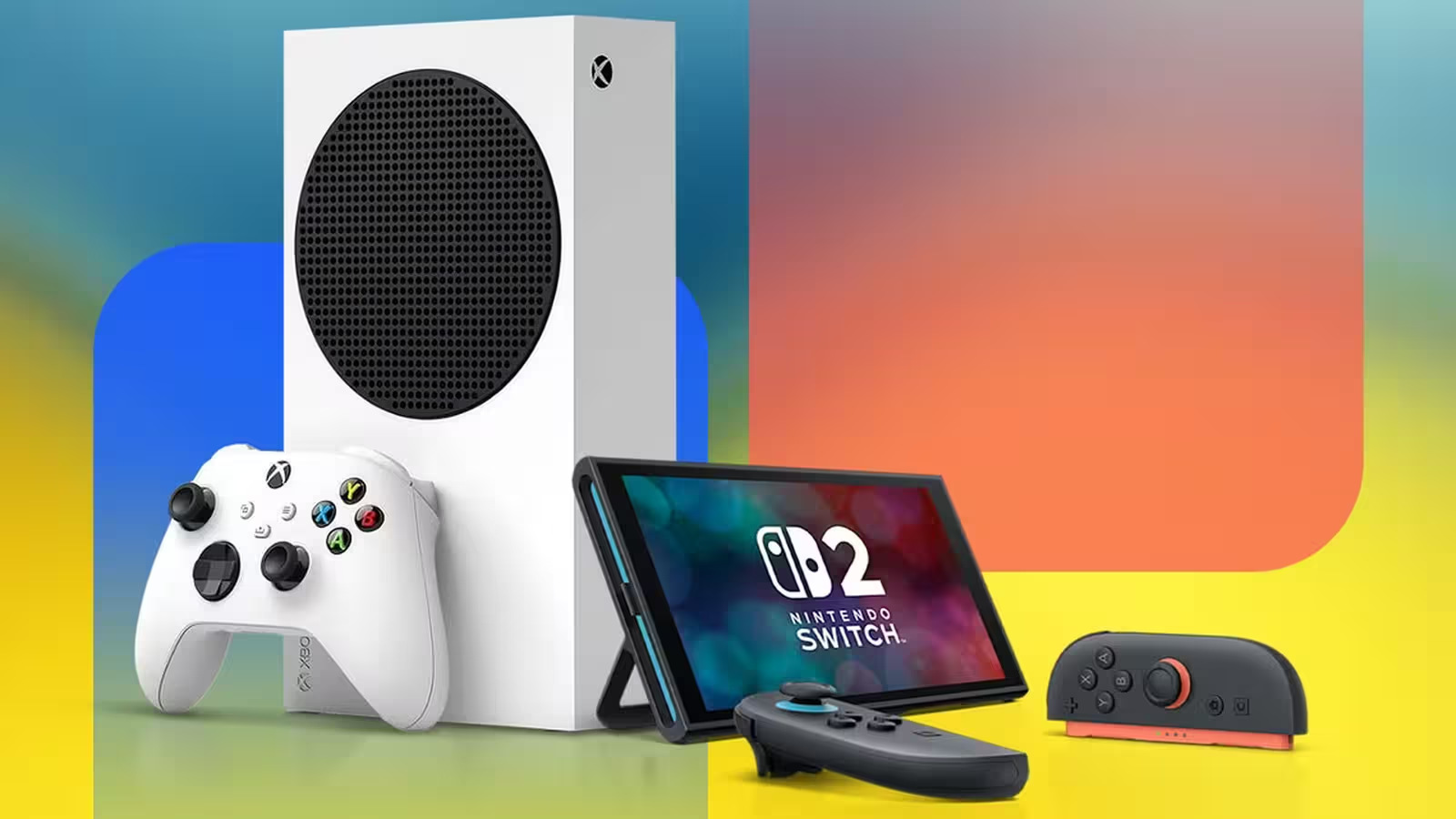8 Minutes
Gaming console generations have long symbolized bold leaps in video game technology, from the early days of 8-bit adventures to the dawn of high-definition, immersive experiences. Yet, in recent years, the excitement around new gaming hardware launches seems to have waned. With each new system, graphical improvements have become subtler, innovation feels less pronounced, and rising prices make the value proposition more questionable. However, looking beyond surface-level features reveals that today’s console generation is quietly reshaping gaming in ways that are not immediately obvious — and the ongoing evolution has far-reaching significance for gamers, developers, and the global tech market.
The Golden Age of Gaming Console Generations: From Technical Milestones to Industry Shifts
Epochs of Innovation: How Past Console Generations Changed the Game
In earlier stages of the gaming industry, every new console generation meant a dramatic upgrade in both hardware and user experience. The leap from the original Magnavox Odyssey to the Atari 2600 marked a seismic jump: not just in graphics, but in how games were played at home. The Atari brought cartridge-based titles like "Pitfall," expanding what was possible with game narratives and mechanics, and paving the way for the diverse gaming ecosystem we know today. These developments turned gaming from a niche novelty into an entertainment powerhouse attracting broad audiences.
Subsequent console generations brought similarly transformative shifts. The third and fourth generations, featuring industry icons such as the Nintendo Entertainment System and Super Nintendo, pushed not only graphics and audio to new heights but also enabled more sophisticated gameplay mechanics and expansive worlds. The fifth and sixth generations witnessed the birth of 3D gaming and increasingly lifelike visuals, culminating in titles like “The Legend of Zelda: Ocarina of Time” and “Shenmue” that set new benchmarks for ambition and immersion.
By the seventh generation, with PlayStation 3 and Xbox 360 leading the pack, HD visuals and online multiplayer experiences became standard, fundamentally changing how games were made, shared, and enjoyed. Each console generation was defined not just by hardware specs, but by sweeping changes in gaming genres, design philosophies, and user expectations.

More Than Just Hardware: Game Libraries and Trends that Defined an Era
The real heart of any console generation isn’t just found in specs sheets; it lies in the games and the emergent trends. When people look back fondly on the sixth generation, for instance, it’s not just about the PlayStation 2’s processing power—it’s about a golden age of creativity giving rise to hundreds of influential titles across genres.
Different eras saw different dominant genres. The fourth generation thrived on vibrant 2D platformers, while the fifth generation ushered in 3D gameplay that replaced much of the earlier side-scrolling action. Powerful sixth-gen hardware enabled massive open-world adventures and narrative-driven JRPGs. In the seventh generation, online multiplayer, motion controls, and social-based party games exploded onto the scene, reshaping player expectations and boosting market growth.
The Slowing Pace of Hardware Innovation: Why Recent Generations Underwhelm
Marginal Gains and Missed Opportunities
As we entered the eighth and ninth generations, marked by the launch of Xbox One, PlayStation 4, Nintendo Switch, and more recently PS5 and Xbox Series X|S, expectations were sky-high. However, the reality has often seemed less revolutionary. Improvements in fidelity, load times, and frame rates are real but increasingly incremental. Meanwhile, many flagship titles continue to be developed across both new and old platforms, softening the impact of next-gen exclusives and making hardware upgrades feel somewhat optional for mainstream players.

The PS5 and Xbox Series X|S, released in 2020, continue to sit alongside last-gen consoles in game development pipelines. It’s been nearly five years, yet too many major releases remain cross-generational, highlighting the diminishing distinction between old and new hardware. Today’s consoles offer exceptional ray tracing, lifelike lighting, and innovative features like advanced haptics—but the experience isn’t always a profound departure from the prior generation. For the average gamer, the gap between the eighth and ninth generation often feels more evolutionary than revolutionary.
The Complications of Fragmented Release Schedules
Defining a console generation has also become more complicated. While the eighth generation saw most major gaming systems release within a single year, Nintendo’s unconventional 2017 launch of the Switch disrupted this pattern—arriving years ahead of PlayStation and Xbox’s new entries. This blurring of boundaries has led to debate over which system belongs to which generation, a trend that is likely to continue with devices such as the upcoming Switch 2.
With nontraditional release cycles and overlapping generational boundaries, the traditional marker of a console generation feels less like an industry milestone and more like a marketing tool to encourage new hardware purchases—an approach that some critics argue lacks meaningful justification in terms of raw technological progress.

The Hidden Value of Console Generations in the Modern Gaming Landscape
Shifting Industry Trends and Market Adaptation
Even as hardware innovation plateaus, each console generation continues to shape the broader gaming industry in significant ways. The last few generations have seen dramatic changes in genre trends and player preferences. For instance, while the seventh generation was dominated by military shooters and linear narrative games, the eighth saw open-world sandboxes, expansive RPGs, and multiplayer ‘battle royale’ formats rise to prominence. Many of these trends have been fueled by shifts in both hardware capabilities and market demand.
As the ninth generation matures, industry observers note a transition. Genres that once seemed all-conquering—like hero shooters and live-service battle royales—have begun to recede, making space for experimentation and niche innovation. Smaller studios are leveraging accessible development tools to produce creative, critically acclaimed titles on par with their AAA counterparts, while indie games such as “Animal Well” and “Balatro” attract dedicated followings.
Product Features That Drive Value
Modern consoles stand out not because of dramatic leaps in visual fidelity, but for their innovative features and user-centric refinements. The haptic feedback in Sony’s DualSense controller, for example, offers a deeply immersive tactile element previously unseen, enhancing player engagement and setting a new standard in user experience. The PS5 Pro’s advanced 4K upscaling pushes visual clarity beyond what previous hardware could achieve. Nintendo’s Switch, though technically less powerful than its rivals, remains a global phenomenon due to its unique hybrid design, seamless docked/portable gameplay, and strong first-party software library.
Cloud gaming integration, expanded digital marketplaces, and robust online infrastructure further distinguish current consoles from their ancestors. These features reflect broader digital transformation trends sweeping through the technology sector at large—from cloud computing and subscription-based services to ecosystem-driven hardware upgrades.

Comparing the Advantages: Why Upgrade in Today’s Market?
While upgrading from one modern console generation to the next may lack the immediate wow factor of past migrations, there are clear advantages for tech-savvy gamers and professionals. Improved SSD technology virtually eliminates load times. Enhanced GPU and CPU performance support larger worlds and richer simulation, even if these are more apparent in niche, next-gen exclusives. Integration with cloud gaming platforms, VR readiness, and smart device compatibility future-proof current systems against rapidly shifting consumer demands.
Additionally, evolving software ecosystems and cross-platform gaming make this era uniquely accessible, removing barriers for players with different hardware and geographical limitations. Meanwhile, resale and trade-in programs lower the effective cost for those willing to stay current.
Use Cases and Real-World Impacts
Today’s console generation isn’t just about gaming. These machines serve as multimedia hubs, connecting seamlessly to smart home devices, streaming services, and productivity platforms. For families, a modern console can double as a centerpiece for remote learning, video communication, and entertainment. Developers benefit from standardized development environments, scalable engines, and increasing accessibility to cloud resources. Businesses leverage gaming consoles for marketing, streaming, and global audience engagement, while educational institutions use game-based learning on mainstream hardware to foster skills and engagement.

Market Relevance and the Road Ahead
Despite the subdued excitement around new hardware launches, the console gaming market remains more influential than ever. Major launches still move millions of units worldwide, boost software sales, and serve as testbeds for emerging technologies. Cross-play and cross-save functionalities unite player communities worldwide. Global events like E3, Gamescom, and the Tokyo Game Show build anticipation and keep the focus on digital innovation.
Ongoing debates around the all-digital future, industry layoffs, and the viability of live-service games highlight both the volatility and resilience of the industry. Amid these shifts, the capacity of modern consoles to adapt—both in terms of business models and technological features—ensures their relevance in a fast-evolving digital landscape.
Conclusion: Why Console Generations Still Matter—Even If They Look Different
Though console generations no longer bring radical hardware overhauls every five to seven years, their indirect influence is undeniable. Each era ushers in new trends, sparks lasting developer innovation, and redefines audience expectations. The ongoing transition towards iterative improvements, cross-generational support, and ecosystem-centric design reflects broader technology trends—from cloud computing to AI-driven personalization.
Understanding the evolution of console generations provides critical context for everyone in the gaming industry, from players and developers to business leaders and tech analysts. These generational boundaries, however blurred, offer a lens through which we can trace the ongoing transformation of digital entertainment, the rise and fall of market leaders, and the perpetual quest for more immersive, engaging, and accessible play. In this way, today’s console generation is quietly—but powerfully—reshaping the future of gaming, whether we realize it or not.


Comments